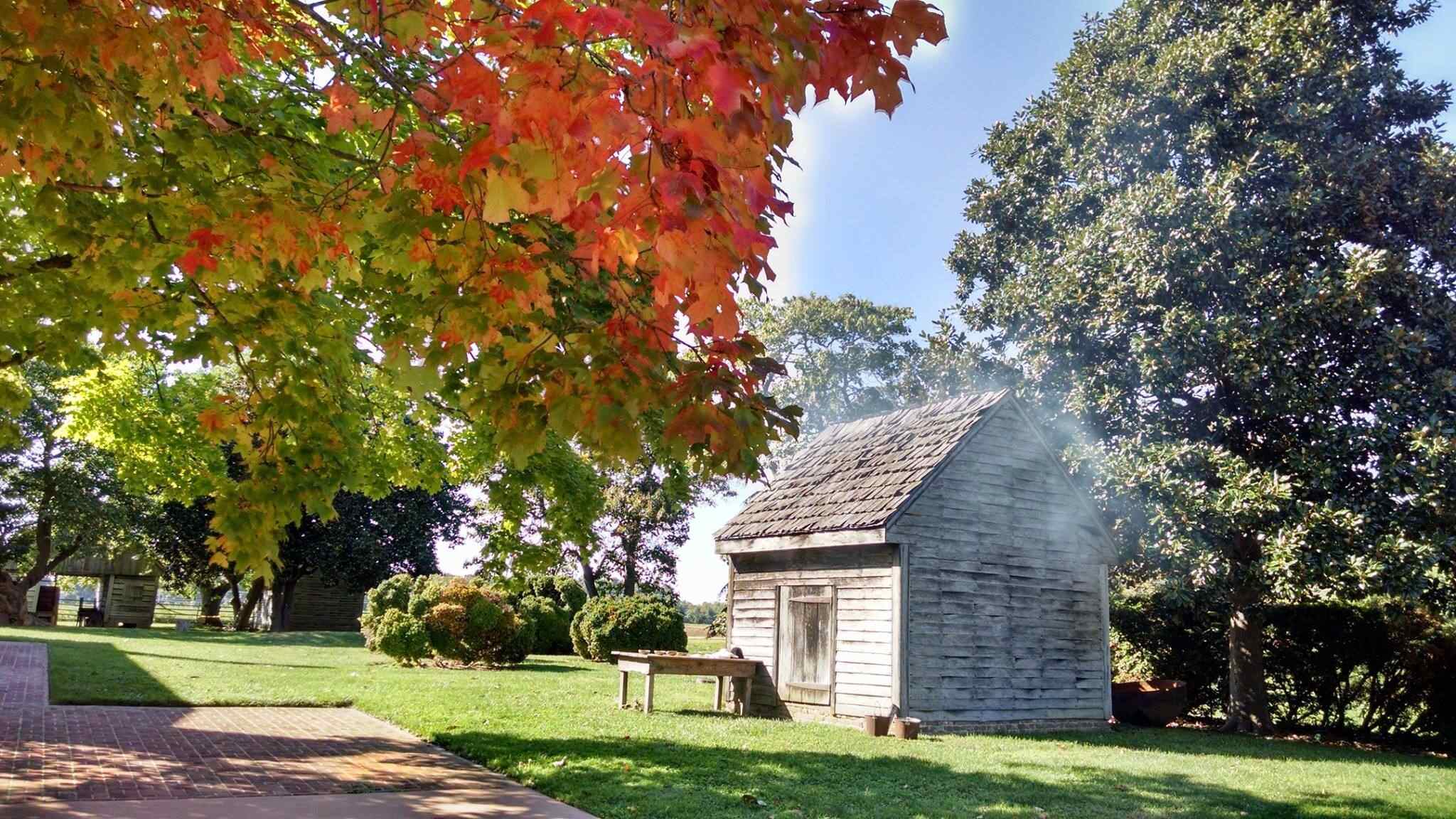Step Back In Time At John Dickinson Plantation

Ever wondered what life was like in the 18th century? John Dickinson Plantation in Delaware offers a unique glimpse into the past. Known as the "Penman of the Revolution," John Dickinson played a crucial role in American history. His plantation, now a museum, showcases the daily lives of both the wealthy and the enslaved people who lived there. Visitors can explore the mansion, outbuildings, and beautiful grounds while learning about colonial life. Whether you're a history buff or just curious, this destination provides an educational and engaging experience for all ages. Come step back in time and see history come alive!
Discover the History of John Dickinson Plantation
The John Dickinson Plantation offers a unique glimpse into the past. This historic site, located in Dover, Delaware, was the home of John Dickinson, one of the Founding Fathers of the United States. Visitors can explore various parts of the plantation to learn about colonial life and the contributions of Dickinson.
Step Inside the Mansion
The mansion, built in the early 18th century, serves as the centerpiece of the plantation. It showcases the lifestyle of the Dickinson family and provides insight into the era's architecture and furnishings.
The Great Hall: This grand room was used for entertaining guests and hosting important meetings. The high ceilings and elegant decor reflect the wealth and status of the Dickinson family.
The Dining Room: Here, visitors can see where the family gathered for meals. The room features period-appropriate furniture and table settings, offering a taste of colonial dining customs.
The Study: John Dickinson's personal study contains his desk, books, and other artifacts. This room highlights his work as a lawyer, politician, and writer.
Explore the Outbuildings
Beyond the mansion, several outbuildings provide a broader picture of plantation life. These structures were essential to the daily operations and give visitors a sense of the labor and activities that sustained the estate.
The Barn: This large structure housed livestock and stored crops. It demonstrates the agricultural practices of the time and the importance of farming to the plantation's economy.
The Smokehouse: Used for preserving meat, the smokehouse is a small but vital building. It showcases the methods used to keep food edible before refrigeration.
The Slave Quarters: These humble dwellings housed the enslaved people who worked on the plantation. They offer a sobering reminder of the harsh realities of slavery and its role in the plantation's success.
Wander Through the Gardens
The plantation's gardens are a beautiful and educational part of the visit. They include both ornamental and functional plantings, reflecting the dual purposes of beauty and utility.
The Formal Garden: Designed for aesthetic pleasure, this garden features neatly arranged flower beds and pathways. It was a place for the family to relax and enjoy nature.
The Kitchen Garden: This practical garden provided fresh vegetables and herbs for the household. It illustrates the importance of self-sufficiency in colonial times.
Participate in Interactive Exhibits
Interactive exhibits throughout the plantation engage visitors of all ages. These hands-on activities help bring history to life and make the experience more memorable.
Colonial Crafts: Visitors can try their hand at traditional crafts such as candle making and weaving. These activities demonstrate the skills needed for everyday life in the 18th century.
Historical Reenactments: Actors in period costumes reenact scenes from colonial life. These performances provide a vivid portrayal of the people and events that shaped the plantation's history.
Attend Special Events
The John Dickinson Plantation hosts various special events throughout the year. These events offer additional opportunities to learn and enjoy the historic site.
Harvest Festival: Celebrating the fall harvest, this festival includes activities such as apple pressing, corn husking, and traditional music. It highlights the agricultural roots of the plantation.
Colonial Christmas: During the holiday season, the plantation is decorated in colonial style. Visitors can enjoy festive activities like caroling, candlelight tours, and holiday crafts.
Final Glimpse of Charleston
Charleston's charm lies in its rich history, stunning architecture, and warm Southern hospitality. Walking through the cobblestone streets, you can almost hear whispers of the past. The historic homes, vibrant markets, and scenic waterfronts make it a must-visit. Don't miss out on the local cuisine, especially the seafood. Each bite tells a story of the city's maritime heritage. Whether you're exploring Fort Sumter or relaxing at Folly Beach, Charleston offers a unique blend of old-world charm and modern attractions. It's a place where history meets the present, creating unforgettable memories. So pack your bags, grab your camera, and get ready to experience the magic of Charleston. This city promises an adventure filled with culture, history, and Southern charm.

